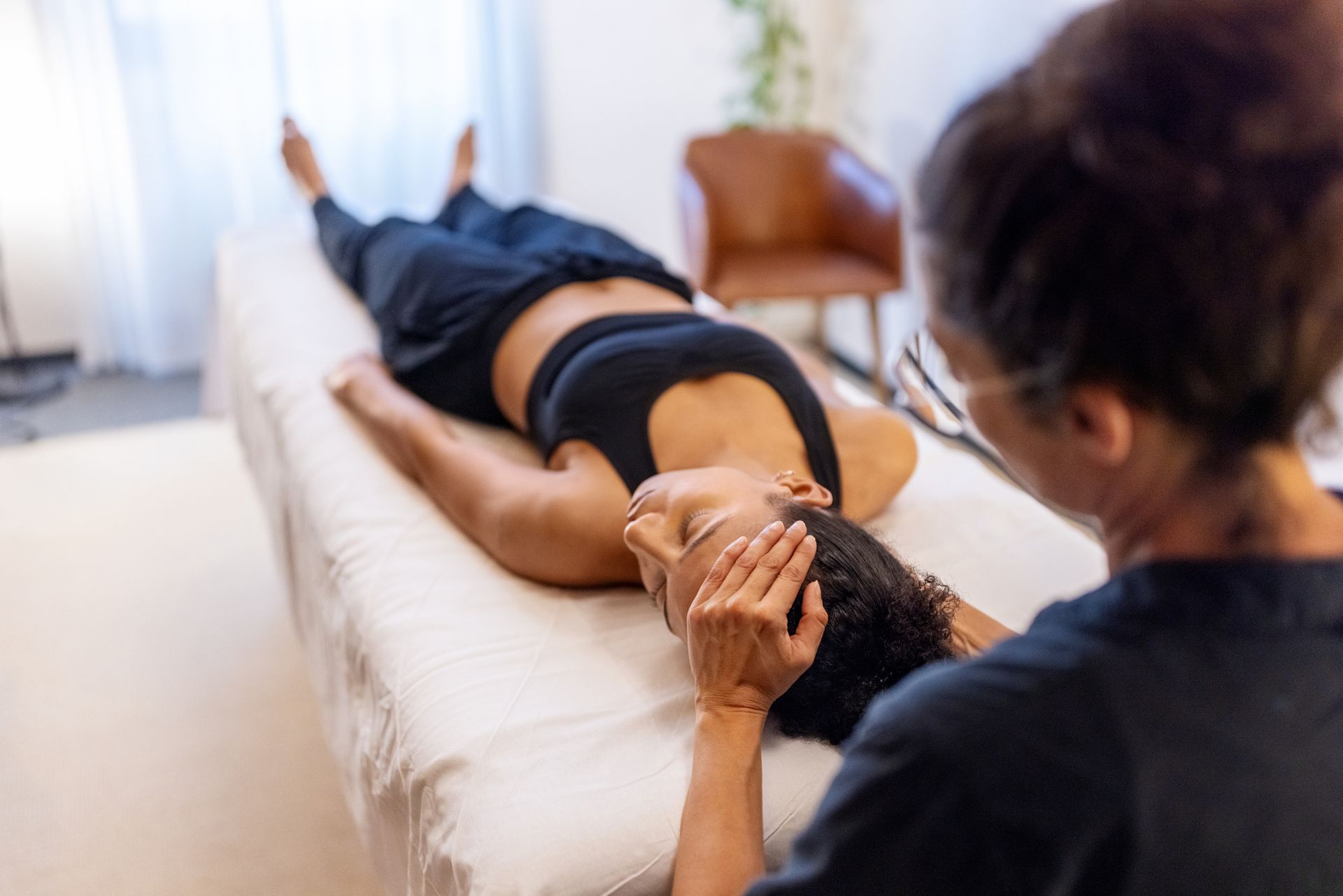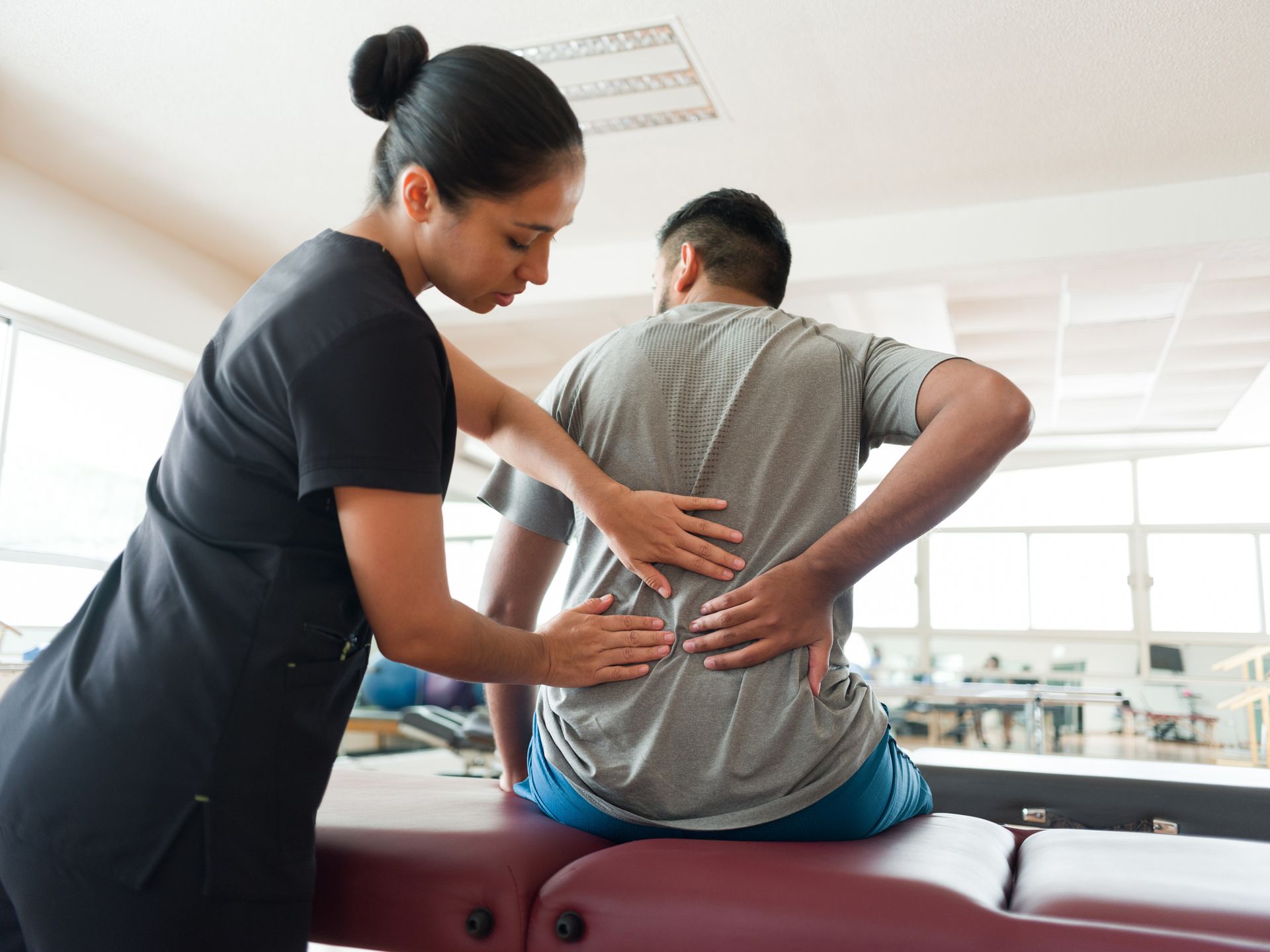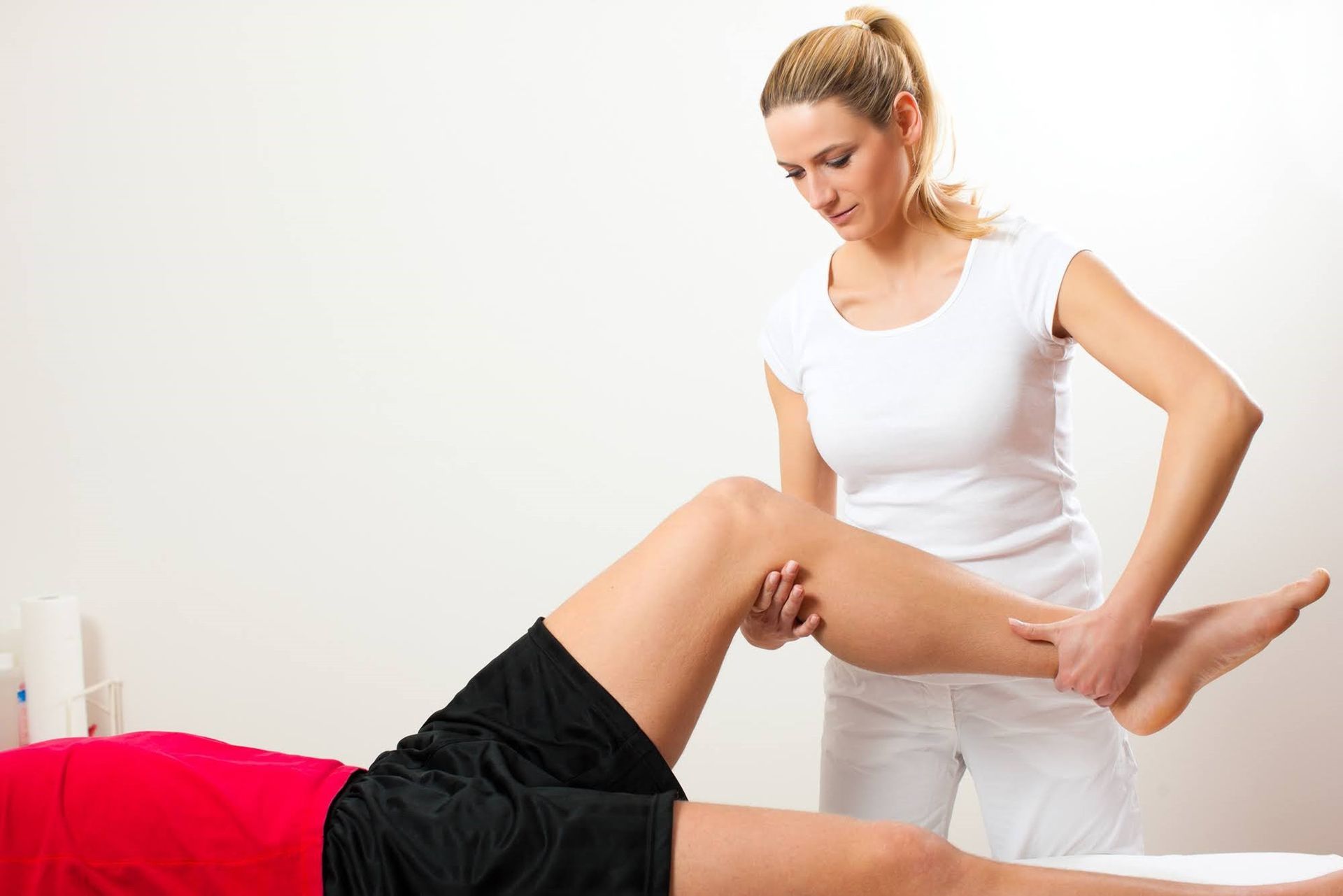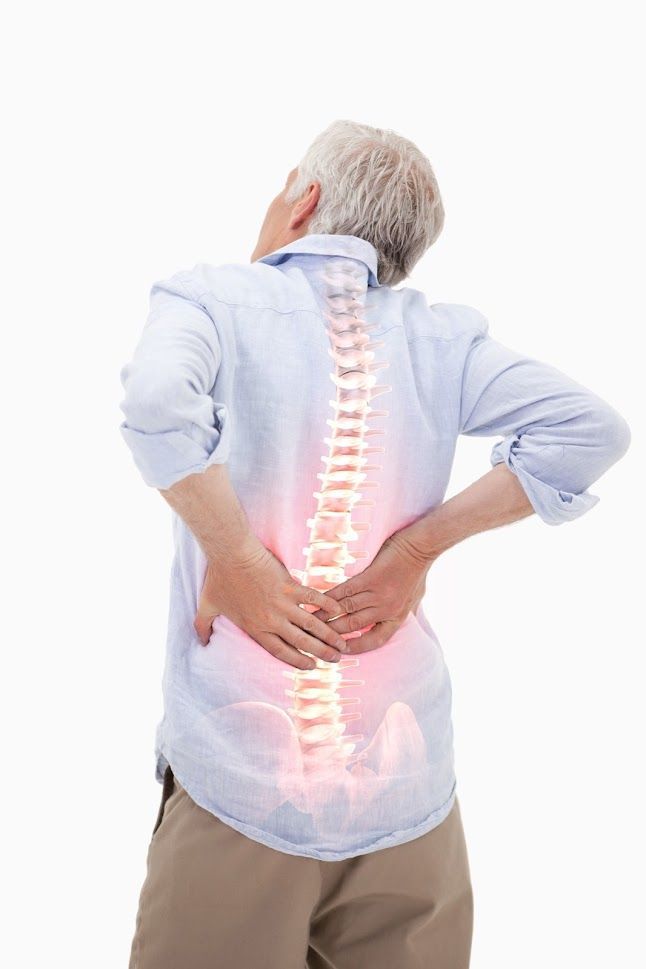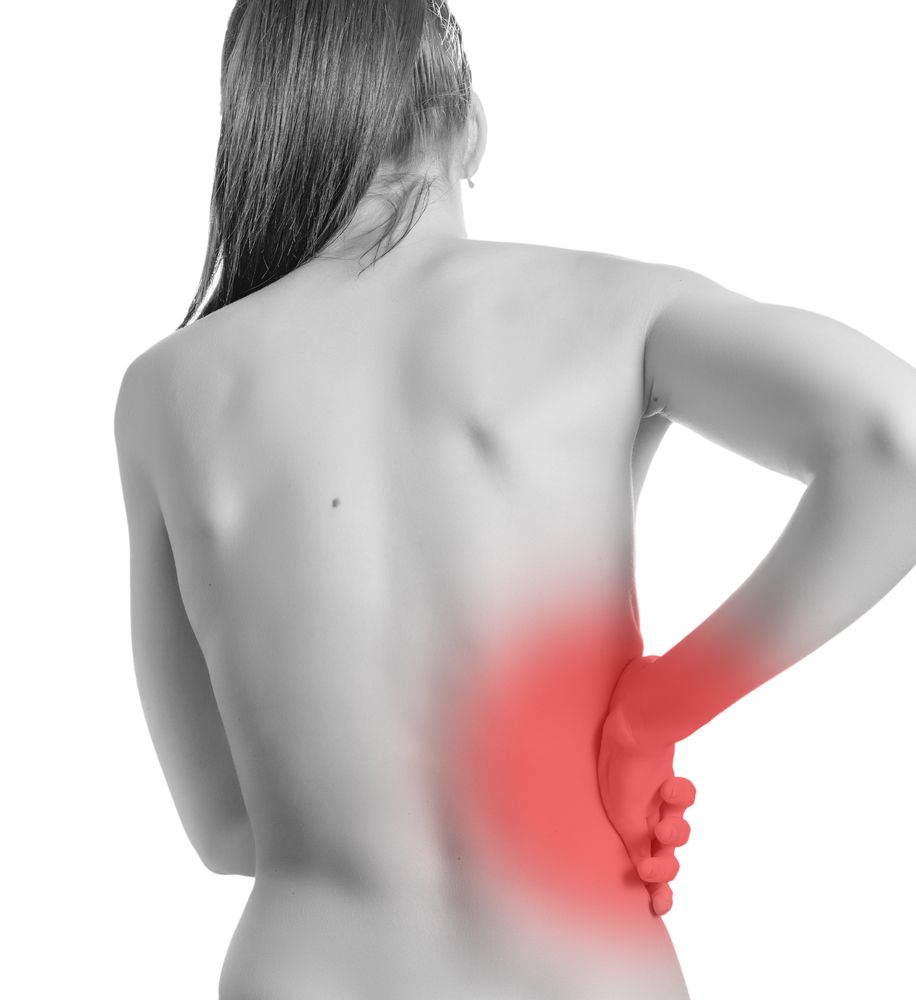3 Types of Physical Therapy to Help Manage Endometriosis
Admin • December 12, 2019
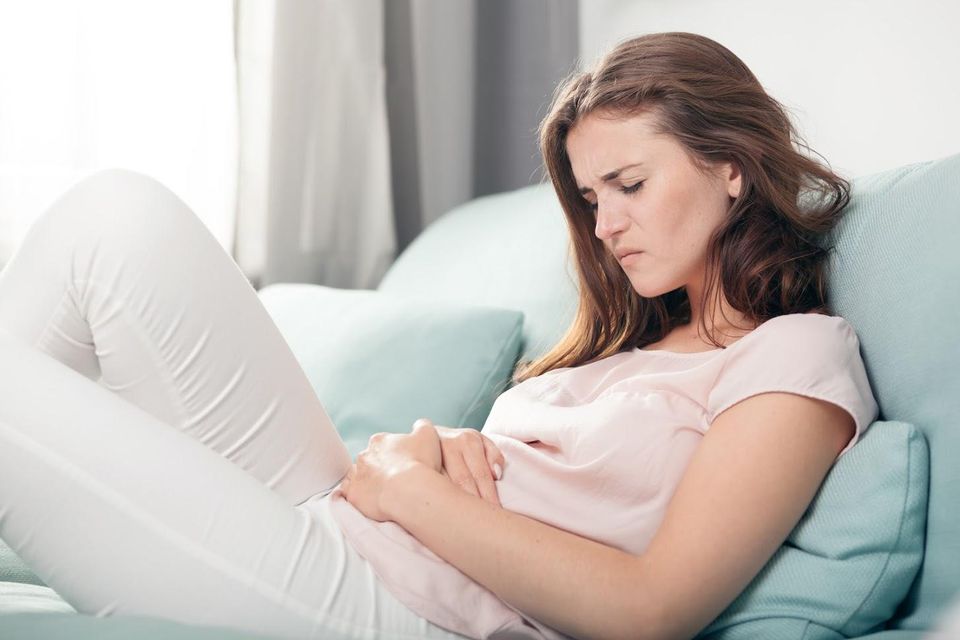
If you're one of the many women who have endometriosis, you know that this chronic condition is much more than just a reproductive issue or a bad period. Endometriosis symptoms can range from unbearable pain during periods to pelvic pain outside of periods, hormone imbalances, depression and anxiety, constipation, bladder problems, or infertility.
Although you may not think of endometriosis as a clear-cut physical therapy issue, several different types of physical therapy may be able to help you manage the condition. Discover three types of physical therapy to consider if you've been diagnosed with endometriosis.
1. Pelvic Floor Physical Therapy
Pelvic floor physical therapy, or pelvic health physical therapy, is often necessary in cases of endometriosis. Because much of the pain and inflammation of endometriosis occurs in the pelvic and abdominal regions, these areas are likely to develop inflammation, bloating, pelvic floor dysfunction, and sometimes even digestive issues or bladder issues.
Pelvic floor physical therapy can help to identify and treat any imbalances in the pelvic floor muscles, reduce bloating, and stimulate the lymphatic system. Overall, this type of therapy may be able to reduce your pain significantly. Talk to your physical therapist or gynecologist about whether this type of physical therapy might be right for your symptoms.
2. Physical Therapy for Scars and Adhesions
Because abdominal surgery is often the agreed-upon method to diagnose endometriosis, you probably acquired at least some surgical scars on the path to your diagnosis. The bad news is that surgical scars can be uncomfortable and may even lead to internal adhesions, which can cause pain months and years after the surgery. The good news is that physical therapy can help.
Your physical therapist can use techniques such as massage to help scarring and adhesions heal. In some cases, myofascial release therapy may help loosen internal adhesions.
3. Physical Therapy for Muscle Tension
Symptoms such as fatigue and muscle pain may occur with endometriosis, and depression and anxiety can come along for the ride as well. Fatigue and anxiety may cause you to carry a lot of tension in your shoulders, neck, or back. Over time, this can lead to muscle soreness, joint pain, limited range of motion, and similar symptoms.
Some patients use yoga and chiropractic treatments to help manage these side effects of endometriosis. However, physical therapy can help as well. Your physical therapist can teach you exercises to help you regain a wider range of motion, train yourself to stand with better posture if you've been hunched over from the pain, or treat muscle pain with massage.
If you suspect your muscle tension is related to depression or anxiety, be sure to talk to your doctor about that as well. Whether it's a symptom of endometriosis or whether it's unrelated, any mental health issue is just as important as your physical health issues.
As with any other aspect of endometriosis, the physical therapy treatments available aren't one-size-fits-all. Rather, you may find that one or more of these types of physical therapy will be of use to you as you seek to manage your chronic condition. Talk to your doctor about which physical therapy treatments may work for you.
And remember, physical therapy isn't a replacement for other types of endometriosis treatments. So don't discontinue any medications without asking your doctor first.
Advanced Physical Therapy is here to support you on your path to wellness, and we offer several types of physical therapy services that can help you manage endometriosis. For more information about our exercise therapies, post-surgical therapies, and massage therapy for muscle pain, get in touch today to discuss your treatment needs.


